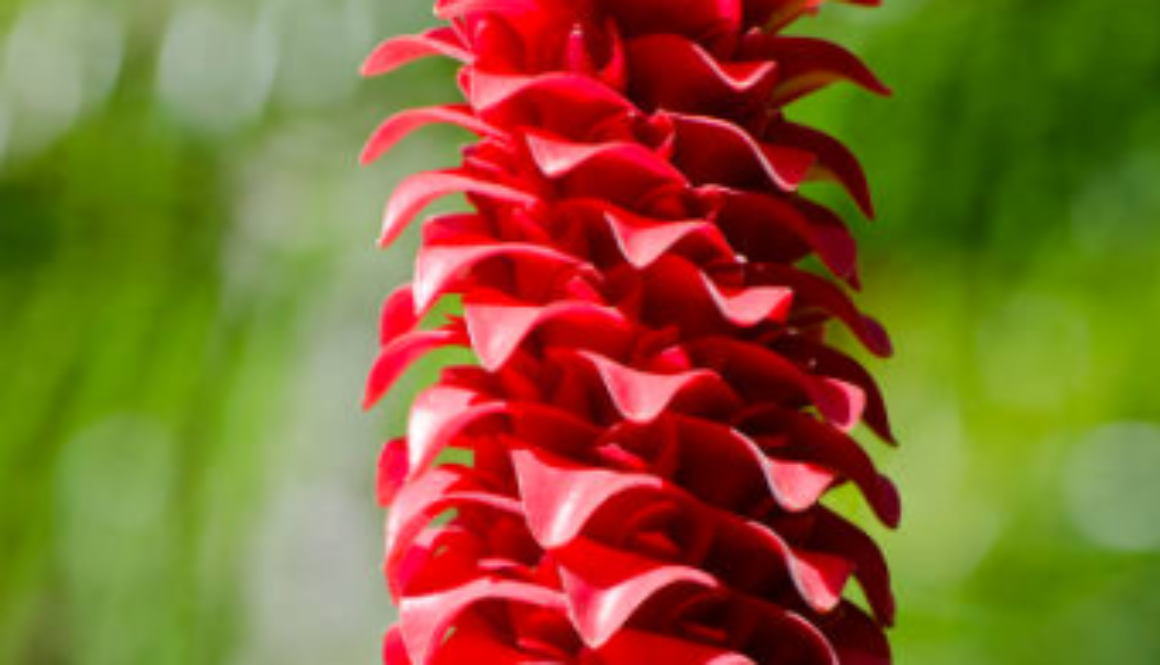Costus
Costus is a genus of flowering plants in the family Costaceae, comprising around 200 species of herbaceous perennials native to tropical regions of Africa, Asia, and the Americas. These plants are characterized by their vibrant, ornamental flowers and aromatic foliage. Costus species have been valued for their medicinal properties and are also used in various cultural and religious practices.
Part Used: The rhizomes of Costus plants are primarily used for their medicinal properties. These underground stems contain bioactive compounds such as alkaloids, flavonoids, and terpenoids, which contribute to their therapeutic effects. Rhizomes are harvested and processed to create herbal remedies used to treat a range of ailments, including digestive disorders, inflammation, and respiratory issues.
Usage: Costus has a long history of use in traditional medicine systems around the world. The rhizomes are commonly used to prepare decoctions, tinctures, and poultices for internal or external application. Costus is valued for its anti-inflammatory, antispasmodic, and analgesic properties, making it useful for treating conditions such as arthritis, indigestion, and coughs. Additionally, the aromatic leaves and flowers of Costus plants are sometimes used in aromatherapy or as ingredients in perfumes and cosmetics.
Agrotechniques: Cultivating Costus plants requires a warm, tropical climate with well-drained soil and moderate to high humidity. The plants thrive in partial shade or dappled sunlight and benefit from regular watering to keep the soil consistently moist but not waterlogged. Costus can be propagated from rhizome divisions or stem cuttings, with planting typically done during the rainy season. Adequate spacing between plants allows for optimal growth and airflow. Mulching with organic matter helps retain moisture and suppress weeds.

